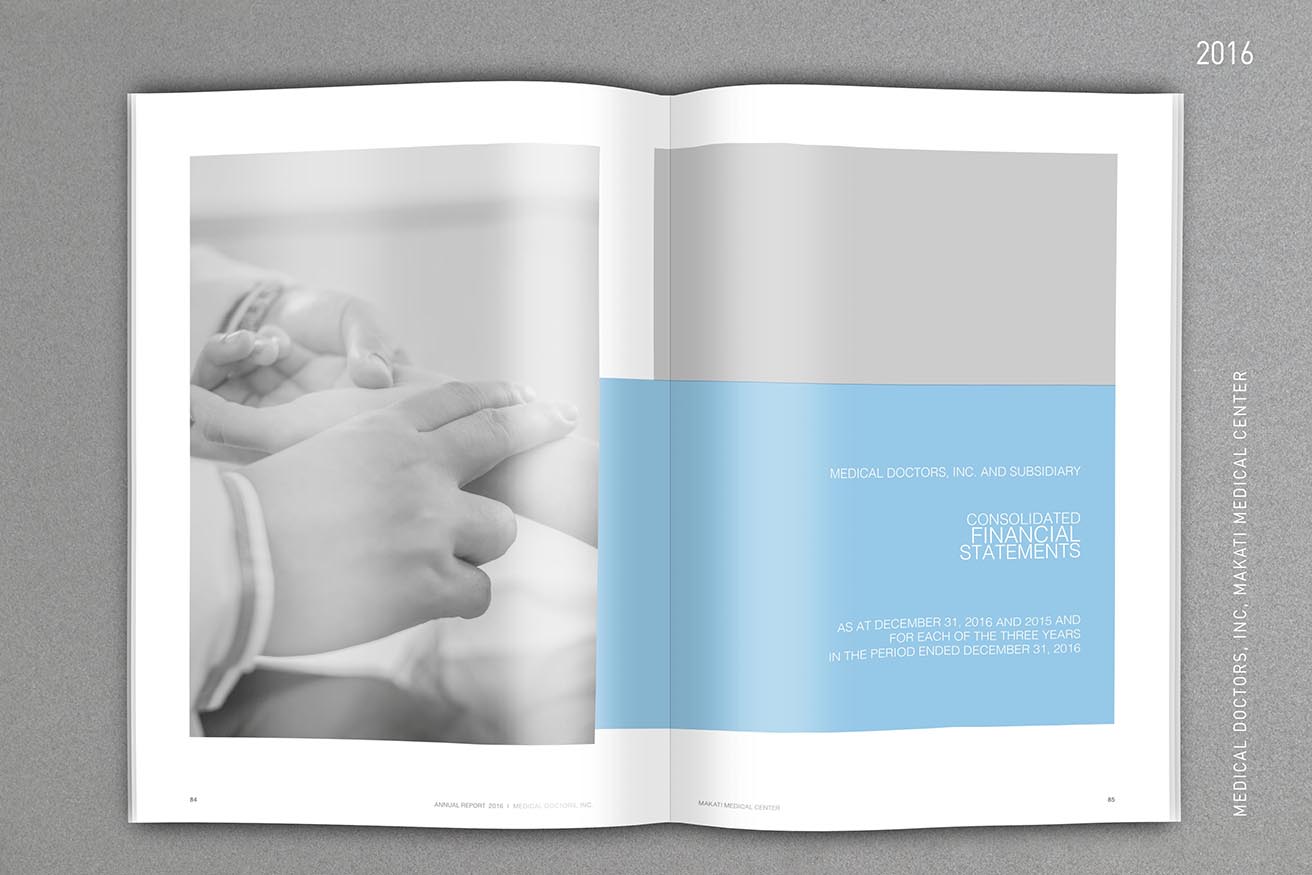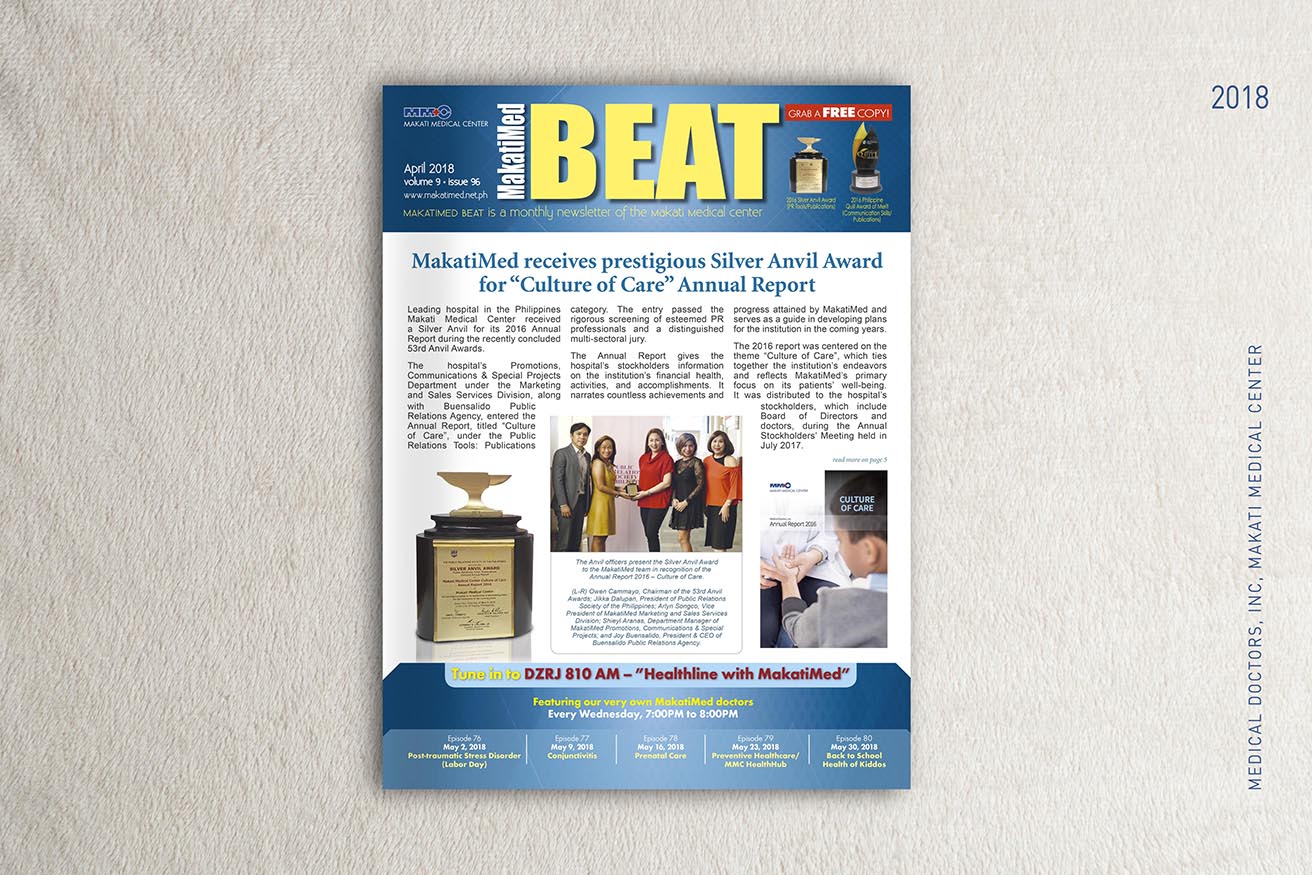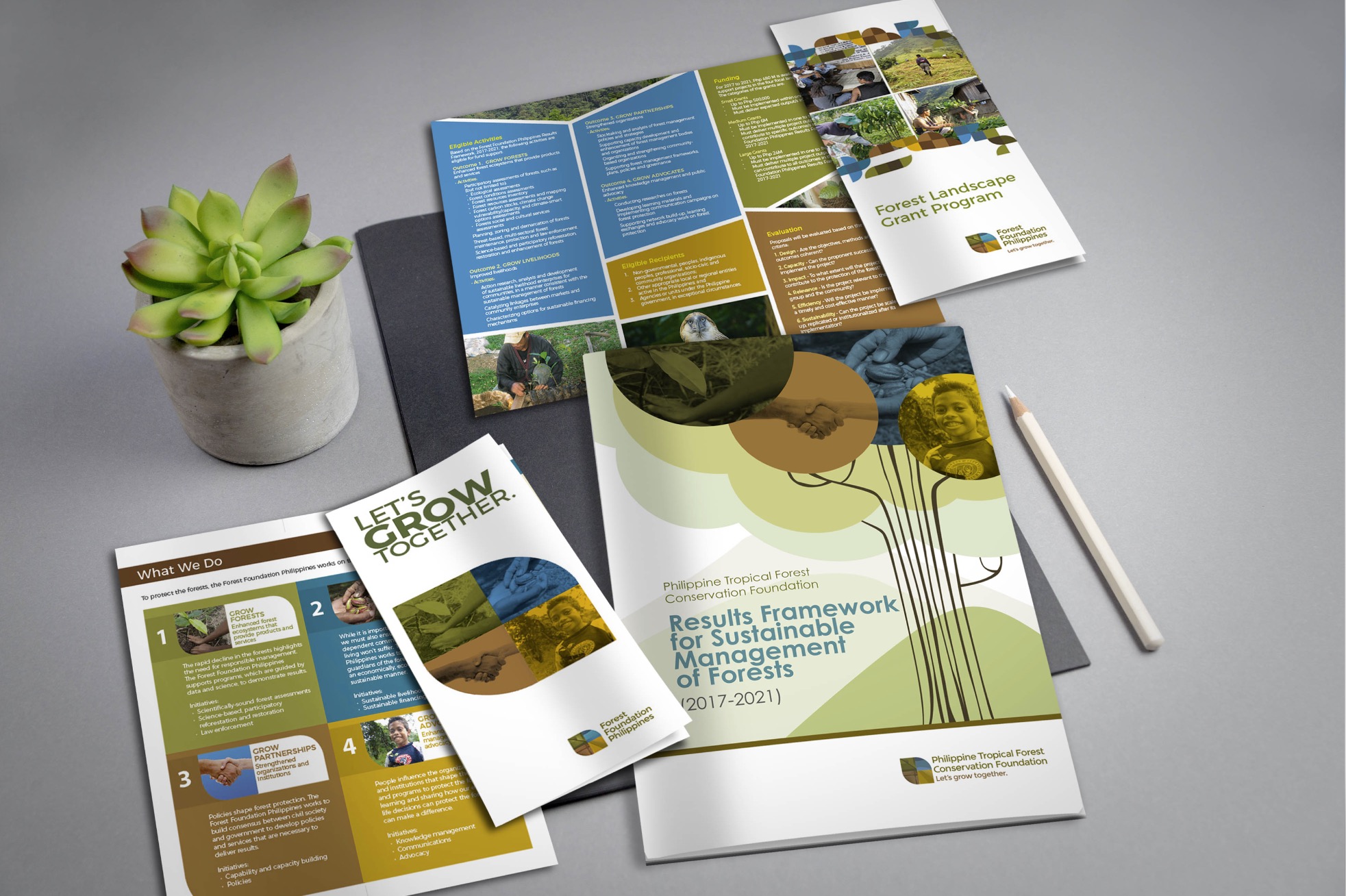The Art of Layout Design
Every design begins with a story—and layout is how that story takes shape on the page.
To create something truly aligned with your vision, I start by learning about your brand: its origins, purpose, voice, and audience. We’ll explore the intent behind the project—whether it’s an annual report, brochure, flyer, or another printed piece—and define the details together: size, structure, timelines, and goals.
My design process is both thoughtful and intuitive. I offer pricing either by the hour or as a fixed package, with a set number of revisions included. Once we agree on the direction and the contract is in place, the creative work begins.
Research is a key part of my process—looking at design references, studying your industry, identifying what sets you apart. From there, ideas take form through sketches, moodboards, and layout studies. You’re welcome to provide text and high-quality images (minimum 7 inches wide at 200 dpi), or I can help shape the visual content as needed.
Once a concept is chosen, I move into layout design—balancing space, typography, rhythm, and visual flow. We’ll refine the piece through rounds of feedback, until it feels just right.
Final artwork is delivered in your chosen format (PDF, JPEG, TIFF, etc.), prepared and polished for print or presentation. Please note: I do not provide layered or editable source files, as each design is a complete, finished composition.
ANNUAL REPORTS
An annual report is an important extension of your brand’s story. Mint Creatives, Design Co. has been proudly creating Makati Medical Center’s annual reports since 2007 to present. Every detail has been studied starting from concept, layout,design to final artwork.
Client
Medical Doctors, Inc.
Makati Medical Center
Recognition
Annual Report 2016,
Culture of Care.
Silver Anvil Awardee. Read more…
NEWSLETTERS
Mint Creatives, Design Co. is privileged to layout Makati Medical Center’s monthly newsletters since 2010 to present. Every detail has been studied starting from concept, layout,design to final artwork.
Client
Medical Doctors, Inc.
Makati Medical Center
Recognition
Beat Newsletter 2017.
Quill Awardee. Read more…
Photo Books
Turn your best shots into a professional-quality photo book. Mint Creatives can help you layout your photos the best way possible.
Client
UnderwaterMedia
– underwater photography services
https://underwater-media.com
Specifications
Hardbound Photo Books
300 x 300 mm (folded size)
BROCHURES, FLYERS, BANNERS, and more
Do you want to present your information clearly and beautifully? Aim for a design that is original and unique. It is also important that its uniqueness is recognizable. Mint Creatives can design your marketing collaterals that can stand out and strengthen the brand’s identity.
Client
Forest Foundation Philippines
http://www.forestfoundation.ph






































